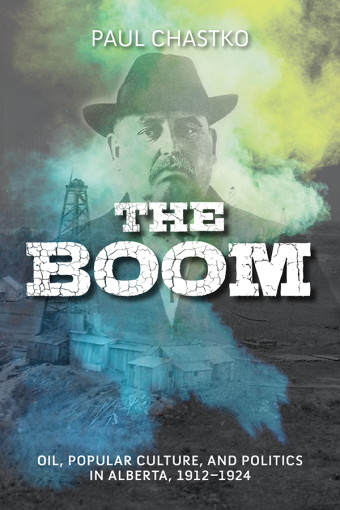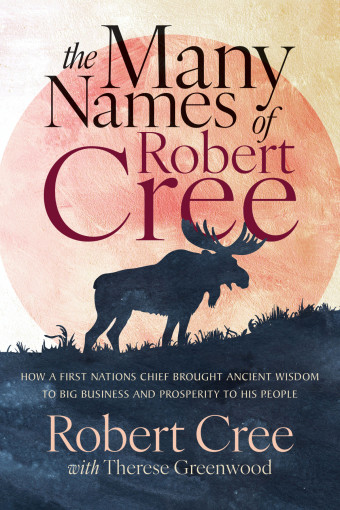
- Old Winnipeg
- Christine Hanlon
- MacIntyre Purcell Publishing Inc.
- $24.95 Hardcover, 144 pages
- ISBN: 978-17-72761-53-5
“I left the profession before I had the chance to make it happen,” she says. “In a way, researching the history of buildings and structures was my second chance, albeit with a slightly different twist.”
Old Winnipeg: A History in Pictures represents the first time Hanlon has ever worked on a photo book with captions. Page after page of photos document the city’s story through places that have been lost, whether to the wrecking ball, fire, or both.
“I started in the Archives of Manitoba with a list of buildings I knew had existed at one time, but were either demolished or had perished by fire,” she says.
“I also stumbled upon other researchers in the archives who were interested in the project and very willing to share their ideas of places and photos I should try to find. I could not have done all this research and found all these photos without a number of history buffs who generously helped me along the way.”
Hanlon came across snapshots of many buildings she had no idea once graced Winnipeg’s streets, choosing one of her favourites, the Industrial Bureau Exposition Building, to grace the front cover of her book.
“I was amazed to discover this combination convention centre, art gallery, and trade show floor that showcased wares, products, art, and innovations by local businesses and artists, the federal and provincial governments, and the railways,” she says.

“Then to find out that this building was the headquarters of the Citizens Committee of 1000, the counterstrike committee during the 1919 Winnipeg General Strike – well, that just added to the thrill of finding this intriguing piece of Winnipeg history.”
Hanlon describes the audience for Old Winnipeg as those who love Winnipeg and are curious about how the city’s landscape has evolved since it was incorporated in 1873.
“We all start our reading lives with picture books, and I think the power of that kind of connection is enduring. In this case, because the photos are arranged according to when these places disappeared from the cityscape, you can read the book in any order and the story of Winnipeg gradually takes shape in your mind, along with the realization that the city is continually reinventing itself.”
Hanlon’s other books – Out of Old Manitoba Kitchens and Everything Manitoba: The Ultimate Book of Lists – allowed for more narrative to tell the story.
“This time, I had to really focus and pare down the story to what was most important,” she explains. “It also drove me to find the very best photos of the places I wanted to feature so the image would tell as much of the story as the words.
“I hope everyone enjoys reading this book as much as I enjoyed putting it together.”













